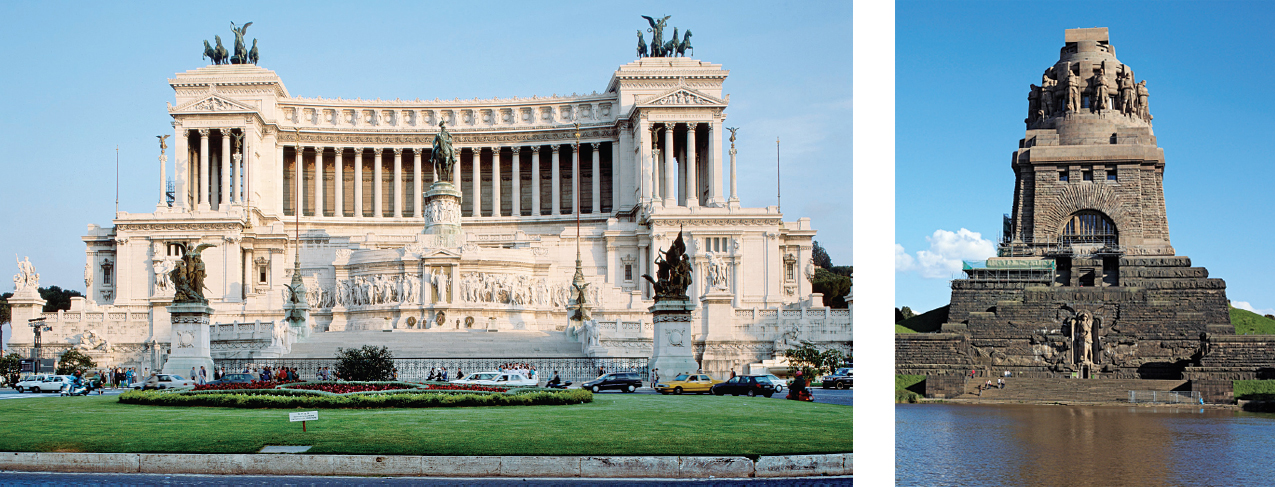Making National Citizens
As the nation-
The issue was pressing. In Italy, only about 2 percent of the population spoke the language that would become official Italian. In Germany, regional and religious differences and strong traditions of local political autonomy undermined unity. In Great Britain, deep class differences still dampened national unity, and across central and eastern Europe, overlapping ethnic groups with distinct languages and cultures challenged the logic of nation building. Even in France, where national boundaries had been fairly stable for several centuries, only about 50 percent of the people spoke standard French.
Yet by the 1890s most ordinary people had accepted, if not embraced, the notion of national belonging. There were various reasons for nationalism’s growing popularity. For one, modern nation-
Improved transportation and communication networks broke down regional differences and reinforced the national idea as well. The extension of railroad service into hinterlands and the improvement of local roads shattered rural isolation and boosted the growth of national markets for commercial agriculture. Literacy rates and compulsory schooling advanced rapidly in the late nineteenth century, and more and more people read about national history or the latest political events in growing numbers of newspapers, magazines, and books.
A diverse group of intellectuals, politicians, and ideologues of all stripes eagerly promoted national pride. Scholars uncovered the deep roots of national identity in ancient folk traditions; in shared language, customs, race, and religion; and in historic attachments to national territory. Such accounts, often based on flimsy historical evidence, were popularized in the classroom and the press. Few nationalist thinkers sympathized with French philosopher Ernest Renan, who suggested that national identity was based more on a people’s current desire for a “common life” and an invented, heroic past than on actual historical experiences.
A variety of new symbols and rituals brought nationalism into the lives of ordinary people. Each nation had its own unique capital city, flag, military uniform, and national anthem. All citizens could participate in newly invented national holidays, such as Bastille Day in France, first held in 1880 to commemorate the French Revolution, or Sedan Day in Germany, instituted to celebrate Germany’s victory over France in 1871. Royal weddings, coronations, jubilees, and funerals brought citizens into the streets to celebrate the nation’s leaders. Public squares and parks received prominent commemorative statues and monuments.1 (See “Picturing the Past: Building Nationalism.”)

CONNECTIONS: Historians continue to ponder the immense popularity of nationalism around 1900 and indeed its ongoing resonance today. Can architecture help spread the popular appeal of the national idea? Are there similar structures in your own neighborhood or region? If so, when were they made and what do they represent? Do they continue to promote national values effectively?